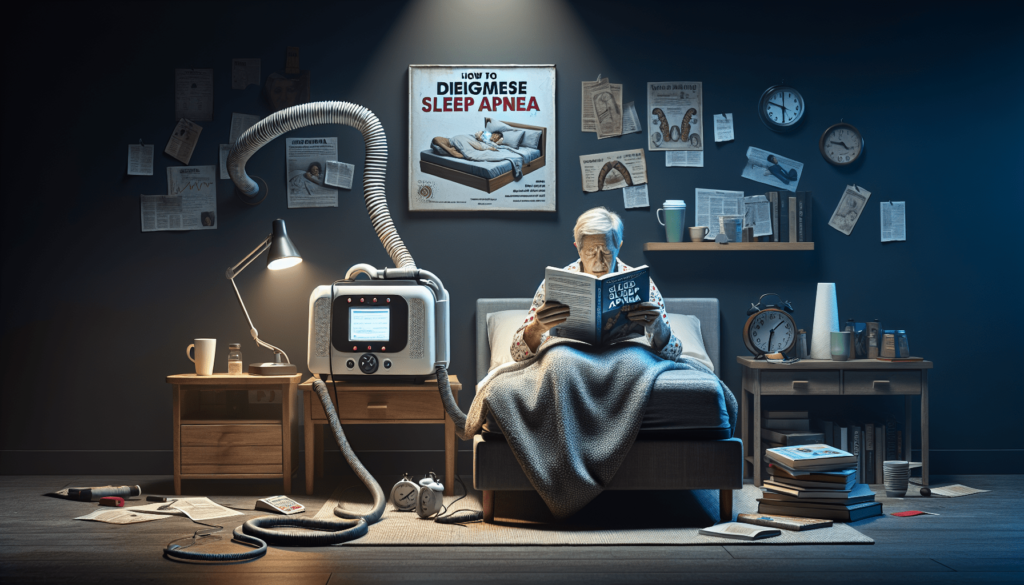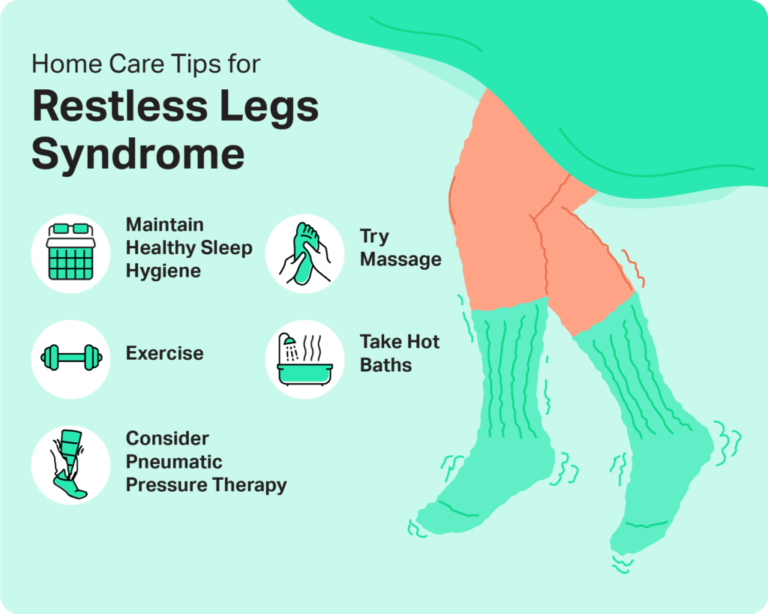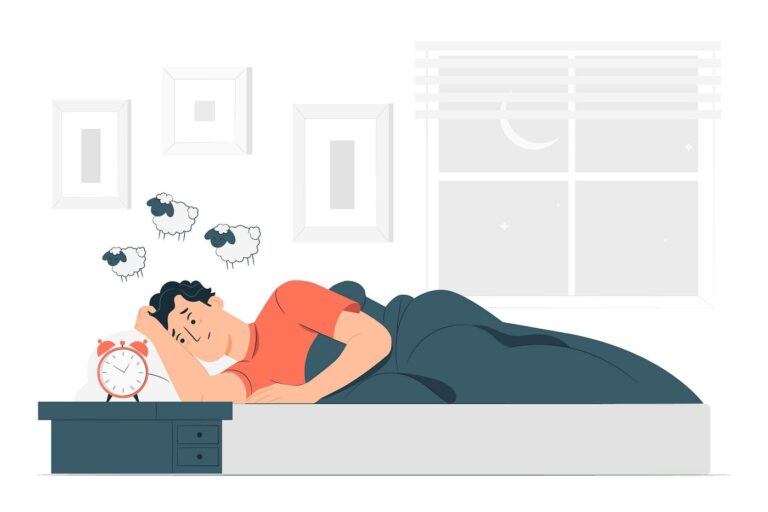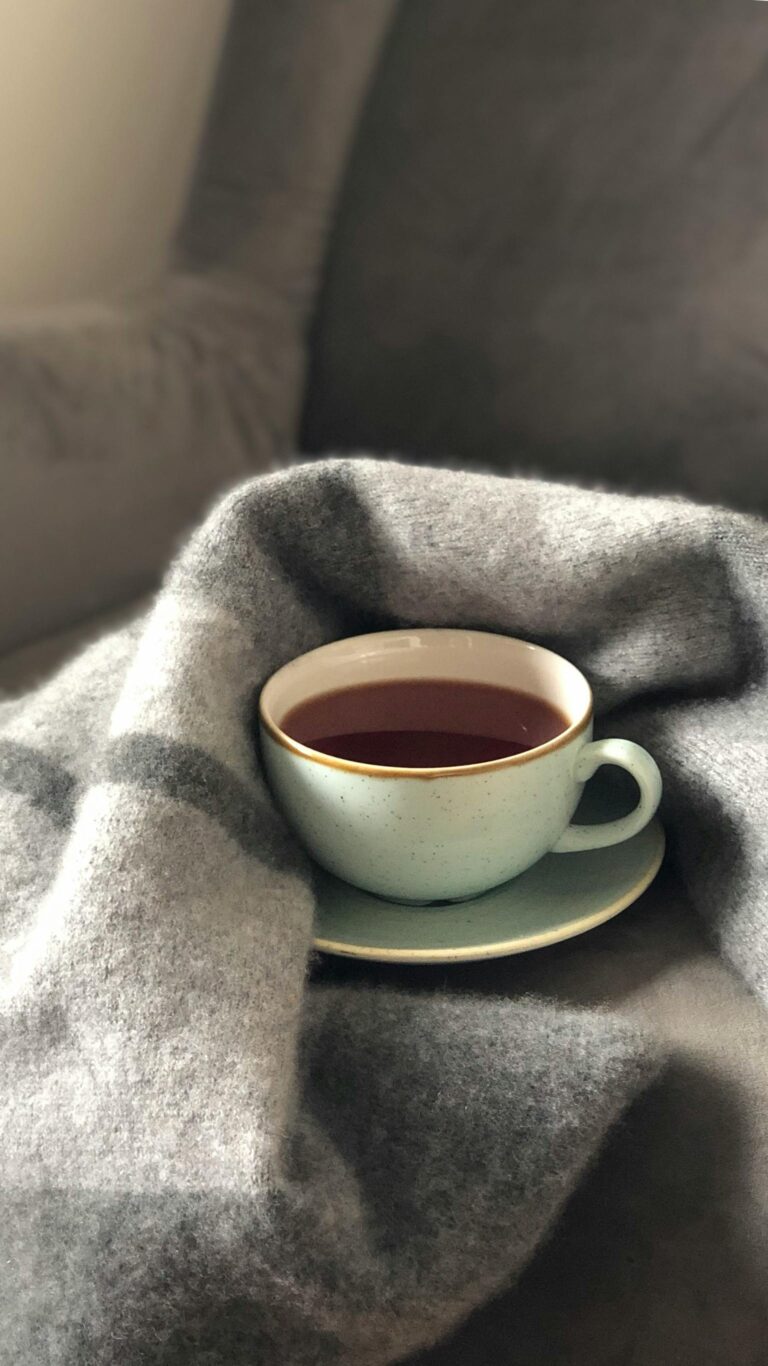Restful Nights: How to Diagnose Sleep Apnea at Home
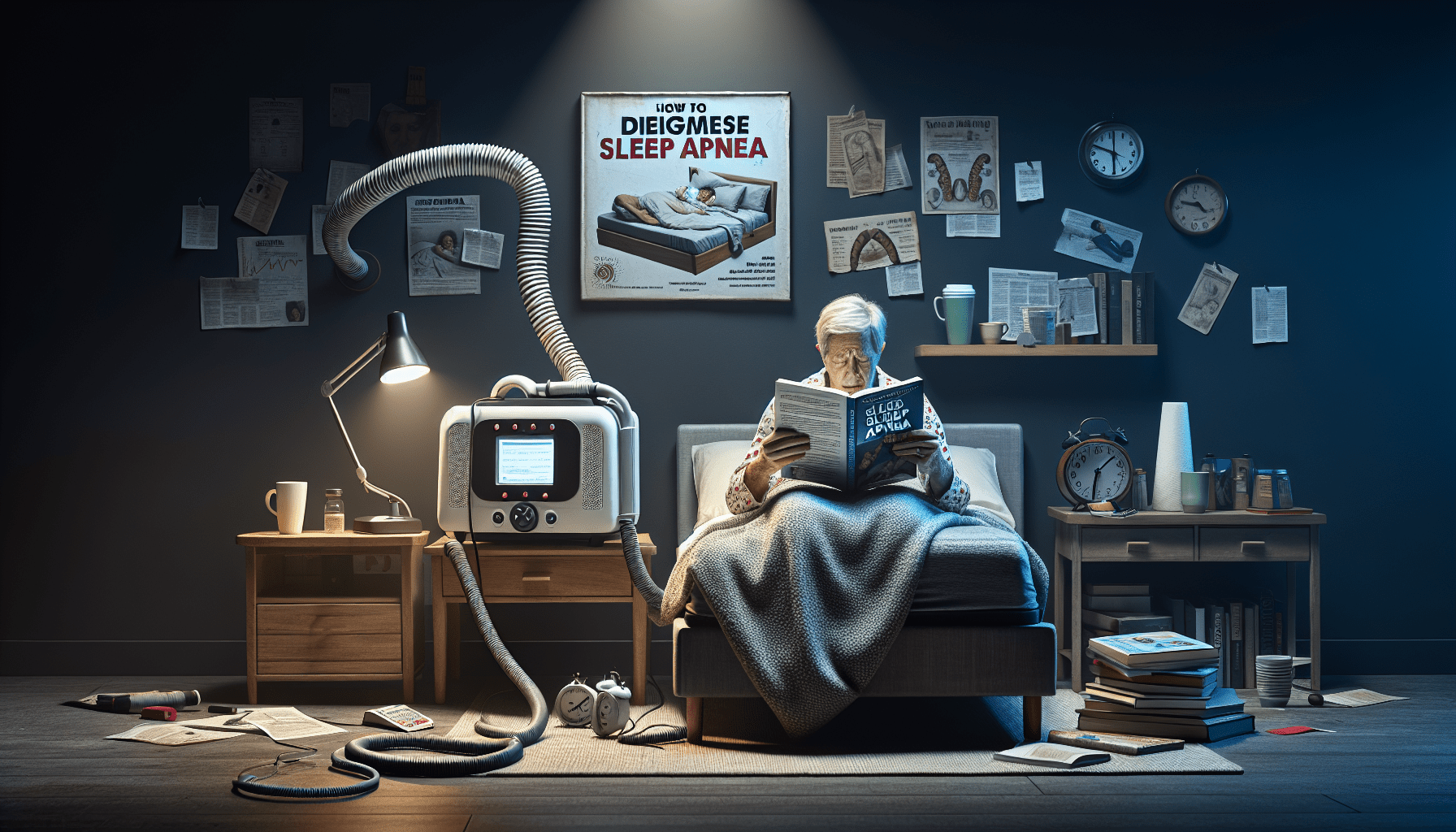
Are you struggling with getting a good night’s sleep? Do you often find yourself feeling tired, irritable, and unproductive during the day? It could be that you are suffering from a sleep disorder, such as sleep apnea. The fast-paced life we lead today has made sleep disorders quite common, but the good news is that there are solutions available. At Vector Sleep Clinic, we understand the importance of uninterrupted sleep and offer comprehensive care to diagnose and treat a range of sleep disorders. In this article, we will explore how you can diagnose sleep apnea at home, giving you the tools to take control of your sleep health and achieve those restful nights you’ve been longing for. Don’t let sleep apnea stand in the way of a healthier and happier life.
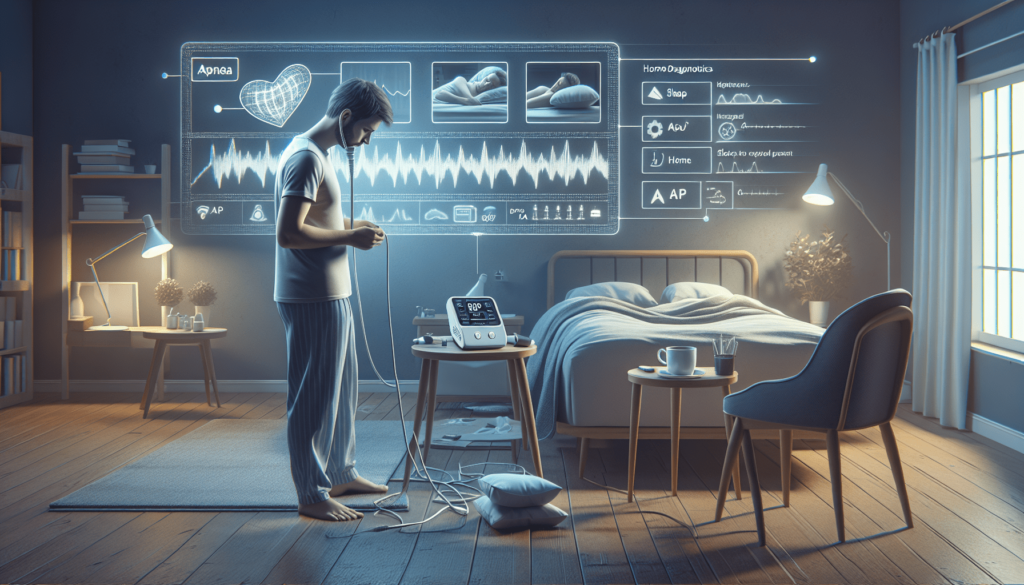
Sleep Apnea: An Overview
Sleep apnea is a common sleep disorder characterized by pauses in breathing during sleep. These pauses can last for a few seconds to a minute and can occur multiple times throughout the night. This interruption in breathing can lead to poor sleep quality and a range of health risks if left untreated.
Definition of Sleep Apnea
Sleep apnea is a condition where the muscles in the throat relax too much during sleep, causing partial or complete blockage of the airway. This blockage leads to pauses in breathing and a decrease in oxygen levels in the body. The brain then sends signals to wake up and restart breathing, resulting in disrupted sleep patterns.
Types of Sleep Apnea
There are three main types of sleep apnea: obstructive sleep apnea (OSA), central sleep apnea (CSA), and complex sleep apnea syndrome (CSAS).
- Obstructive Sleep Apnea (OSA): The most common type of sleep apnea, OSA occurs when the muscles in the throat relax and block the airway.
- Central Sleep Apnea (CSA): CSA is caused by a failure of the brain to transmit the proper signals to the muscles that control breathing.
- Complex Sleep Apnea Syndrome (CSAS): CSAS is a combination of both obstructive and central sleep apnea.
Symptoms of Sleep Apnea
The symptoms of sleep apnea can vary but often include loud snoring, gasping or choking during sleep, morning headaches, excessive daytime sleepiness, difficulty concentrating, and irritability. It is important to note that not everyone who snores has sleep apnea, but snoring can be a sign of the condition and should be evaluated.
Health Risks Associated with Sleep Apnea
Sleep apnea can have significant health risks if left untreated. The repeated interruptions in breathing during sleep can lead to high blood pressure, heart disease, stroke, type 2 diabetes, depression, and an increased risk of accidents due to daytime sleepiness. It can also contribute to poor work performance and decreased quality of life.
Diagnosing Sleep Apnea
Early diagnosis of sleep apnea is crucial in order to begin appropriate treatment and manage associated health risks.
Importance of Early Diagnosis
By diagnosing sleep apnea early, you can start treatment sooner and potentially prevent or manage any related health issues. It is important to take any symptoms, such as excessive daytime sleepiness or loud snoring, seriously and consult with a healthcare professional for proper evaluation.
Professional Sleep Study
A professional sleep study, also known as a polysomnography, is considered the gold standard for diagnosing sleep apnea. This study involves spending a night in a sleep clinic where various sensors will be attached to monitor your brain waves, heart rate, breathing patterns, and oxygen levels during sleep. The data collected during the sleep study will help to determine if you have sleep apnea and its severity.
Home Sleep Test (HST)
In recent years, home sleep tests (HSTs) have become an alternative option for diagnosing sleep apnea. HSTs are portable devices that allow you to conduct a sleep study in the comfort of your own home.
Advantages and Disadvantages of HST
One advantage of an HST is its convenience and ease of use. You can sleep in your own bed and follow a simplified process to collect data. HSTs are generally more cost-effective compared to professional sleep studies. However, it is important to note that HSTs may not be suitable for everyone, especially if you have other underlying health conditions or suspected complex sleep apnea. It is always recommended to consult with a healthcare professional to determine the most appropriate diagnostic option for you.
Home Sleep Test: What You Need to Know
What is a Home Sleep Test?
A home sleep test is a portable sleep monitor that measures various parameters during your sleep, such as breathing patterns, oxygen levels, and heart rate. It is a convenient and cost-effective way to screen for sleep apnea from the comfort of your own home.
Components of a Home Sleep Test Kit
A typical home sleep test kit includes a small monitor with sensors, a chest strap or belt to measure respiratory effort, a finger clip to measure oxygen levels, and a nasal cannula or airflow sensor to monitor breathing.
Instructions for Conducting a Home Sleep Test
Before conducting a home sleep test, it is important to carefully read and understand the instructions provided with the kit. These instructions will guide you on how to properly attach the sensors and use the monitor. It is also important to follow any pre-test guidelines, such as avoiding alcohol or medications that may interfere with the test results.
Precautions to Take during the Test
During the home sleep test, it is important to follow some basic precautions to ensure accurate and reliable results. These may include sleeping in a quiet and comfortable environment, avoiding excessive movement during sleep, and being mindful of any potential disruptions to the monitoring devices. It is also important to document your sleep duration and quality in a sleep diary provided with the kit.
Preparing for a Home Sleep Test
Consulting with Your Healthcare Provider
Before conducting a home sleep test, it is recommended to consult with your healthcare provider, such as a sleep specialist or primary care physician. They can evaluate your symptoms, medical history, and any individual risk factors to determine if a home sleep test is appropriate for you.
Understanding Sleep Apnea Risk Factors
Understanding the risk factors associated with sleep apnea can help you assess your likelihood of having the condition. Risk factors may include obesity, smoking, alcohol consumption, family history of sleep apnea, and certain medical conditions such as high blood pressure or diabetes.
Avoiding Stimulants before the Test
To ensure accurate results, it is important to avoid substances that may interfere with your sleep patterns or respiratory system. This includes avoiding stimulants such as caffeine or nicotine before the test, as they can affect your ability to fall asleep and potentially mask sleep apnea symptoms.
Creating a Proper Sleeping Environment
Creating a conducive sleeping environment can help ensure a comfortable and uninterrupted sleep during the test. This includes minimizing noise and light distractions, keeping your bedroom at a cool and comfortable temperature, and maintaining a regular sleep schedule.
Conducting a Home Sleep Test
Setting up the Sleep Monitor
Before starting the test, it is important to carefully set up the sleep monitor according to the instructions provided. This typically involves attaching the various sensors to your body, including the chest strap, finger clip, and nasal cannula, and ensuring that they are securely in place.
Wearing the Monitoring Devices
During the test, it is important to wear the monitoring devices as instructed. This may include adjusting the chest strap for proper fit, ensuring the finger clip is securely attached to your finger, and properly positioning the nasal cannula or airflow sensor to monitor your breathing.
Sleeping Positions for Accurate Data
To ensure accurate data collection, it is recommended to sleep in positions that are comfortable and reflective of your normal sleep habits. However, it is important to avoid sleeping on your stomach or with your face down, as this can interfere with the proper functioning of the monitoring devices.
Recording Sleep Duration and Quality
Throughout the test, it is important to document your sleep duration and quality in a sleep diary provided with the kit. This includes noting the time you went to bed, the time you woke up, and any significant sleep disturbances or symptoms you experienced during the night.
Interpreting Home Sleep Test Results
Understanding Sleep Apnea Indices
Home sleep test results often include various indices to assess the severity of sleep apnea. These indices may include the Apnea-Hypopnea Index (AHI), which measures the number of partial and complete breathing pauses per hour, and the Oxygen Desaturation Index (ODI), which measures the drop in oxygen levels during these breathing pauses.
Determining the Severity of Sleep Apnea
The severity of sleep apnea is often determined based on the AHI score. A score below 5 is considered normal, while a score above 5 indicates mild to severe sleep apnea. The ODI score is also taken into consideration to assess the impact of oxygen desaturation during these breathing pauses.
Consulting with a Sleep Specialist
Once you have received your home sleep test results, it is important to consult with a sleep specialist or healthcare provider. They can interpret the results, provide a diagnosis, and recommend appropriate treatment options based on your individual circumstances and the severity of your sleep apnea.
Exploring Further Diagnosis Options
In some cases, home sleep test results may be inconclusive or indicate a need for further evaluation. If this happens, your healthcare provider may recommend additional diagnostic tests, such as a professional sleep study, to gather more detailed information about your sleep patterns and breathing.
Seeking Professional Diagnosis
When the Home Sleep Test is Inconclusive
If your home sleep test results are inconclusive or if you have a suspicion that the test did not accurately capture your sleep apnea, it is important to seek a professional diagnosis. A professional sleep study conducted in a sleep clinic can provide more comprehensive data and help to confirm or rule out sleep apnea.
Visiting a Sleep Clinic
Visiting a sleep clinic for a professional sleep study involves spending a night in a controlled environment where your sleep can be closely monitored. This allows for a more in-depth analysis of your sleep patterns and breathing, providing a more accurate diagnosis.
Advanced Diagnostic Methods
In some cases, advanced diagnostic methods may be employed during a professional sleep study to gather more specific information about your sleep apnea. This may include additional sensors to monitor brain activity, muscle movement, or electrical signals in the body.
Seeking Expert Advice and Treatment
Once a professional diagnosis is obtained, it is important to seek expert advice and treatment from a sleep specialist. They can recommend appropriate treatment options based on your diagnosis and individual needs, as well as provide ongoing support and guidance throughout your sleep apnea journey.
Treatment Options for Sleep Apnea
There are various treatment options available for sleep apnea, depending on the severity of the condition and individual circumstances.
Lifestyle Changes
In mild cases of sleep apnea, lifestyle changes may be sufficient to alleviate symptoms and improve sleep quality. These changes may include losing weight if overweight, avoiding alcohol and sedatives before bedtime, quitting smoking, and sleeping on your side instead of your back.
Continuous Positive Airway Pressure (CPAP)
Continuous Positive Airway Pressure (CPAP) is the most commonly prescribed treatment for moderate to severe sleep apnea. It involves wearing a mask connected to a machine that delivers a constant flow of air pressure, keeping the airway open during sleep.
Oral Appliances
Oral appliances, such as mandibular advancement devices or tongue retaining devices, can be used to treat mild to moderate sleep apnea. These appliances help to reposition the jaw or tongue to keep the airway open during sleep.
Surgical Interventions
In some cases, surgical interventions may be recommended to treat sleep apnea. These can include procedures to remove excess tissue from the throat, correct structural abnormalities, or implant devices to support the airway.
Monitoring and Managing Sleep Apnea
Importance of Regular Follow-up
Once treatment for sleep apnea has been initiated, it is important to have regular follow-up appointments with your healthcare provider or sleep specialist. These appointments allow for monitoring of your progress, adjustments to treatment if necessary, and the opportunity to address any concerns or questions you may have.
Adjusting Treatment Options
Over time, your treatment needs may change, and adjustments to your treatment plan may be required. It is important to communicate any changes in symptoms or sleep patterns to your healthcare provider, as they can help determine if modifications to your treatment are necessary.
Lifestyle Strategies for Improved Sleep
In addition to medical treatments, incorporating healthy sleep habits into your daily routine can greatly improve the management of sleep apnea. This includes maintaining a consistent sleep schedule, creating a relaxing bedtime routine, keeping your sleep environment quiet and comfortable, and practicing stress-reducing techniques.
Support Groups and Resources
Living with sleep apnea can sometimes feel overwhelming, but you are not alone. Joining a support group or seeking out online resources can provide valuable information, support, and a sense of community. Connecting with others who are going through similar experiences can be comforting and empowering.
Final Thoughts
Taking control of your sleep health and seeking early diagnosis for sleep apnea is essential for better quality of life and overall well-being. Whether you choose a home sleep test or a professional sleep study, the important thing is to take action and prioritize your sleep health. By investing in restful nights, you can unlock the magic of rejuvenation and improve your overall health and productivity. Seek help from sleep specialists, explore treatment options, and make lifestyle changes that promote better sleep. Your journey towards restful nights starts now!

